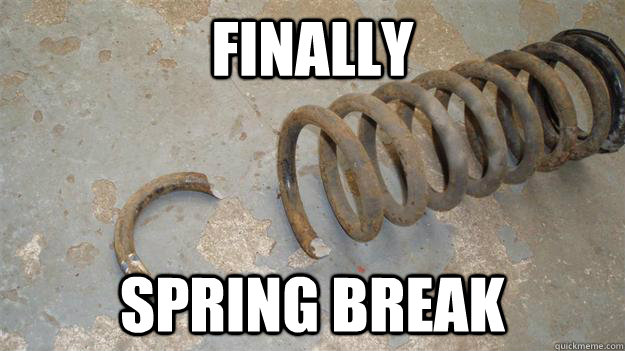Looking Back
Welcome back to my blog! Thank you for continuing to read my posts from week to week. Now we have reached the final week of my senior research project. Time flies! My work at the clinic is coming to an end. As I get ready to leave my cozy little office in the radiology lab, I can't help but reflect on my time at Mayo Clinic. It was a challenging, and at times tedious experience, but it was always fun, and that is what I like most about my project. I had the opportunity to do something that I enjoyed doing, to pursue my interests. Additionally, the food in the staff cafeteria was excellent, so that was a huge bonus. I have also learned some valuable lessons over the past ten weeks. I hope that those of you who plan to undertake a senior research project in the future can learn from my experiences. Research can be tedious. At times, progress is painfully slow, but oftentimes this is when your work is most significant and meaningful. You just need to be patient. Research is hi

